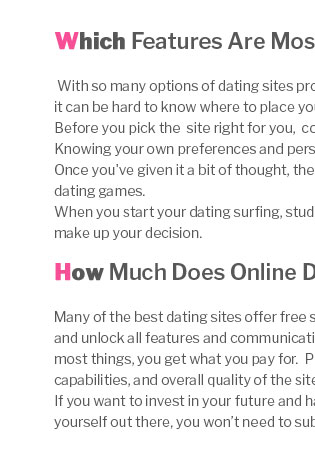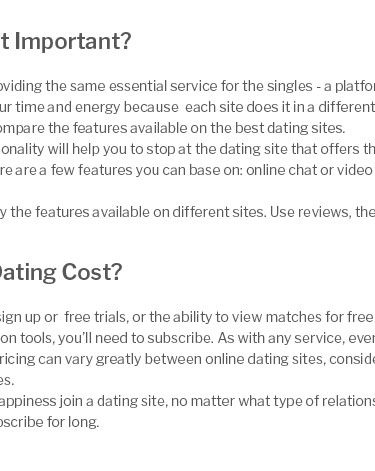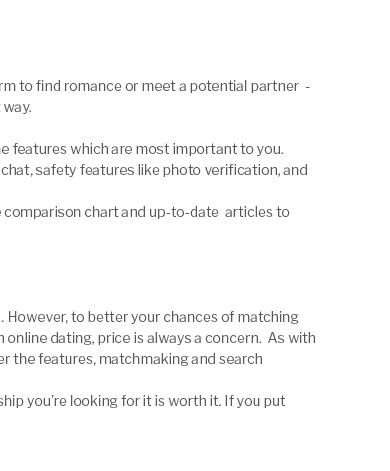 |
 |
|---|
|
|
|
|---|---|
 |
 |
 |
 |
|---|---|
 |
|
 |
|
 |
|
 |
|
 |
|
 |
|
 |
|
 |
|
 |
|
 |
|
 |
|
 |
|
 |
 |
 |
|---|
married and on tinder: boundaries, risks, and realitiesWhy someone married might be on TinderPeople open Tinder while married for different reasons: curiosity, a desire to explore together, or to seek connection after honest conversations. The difference between harm and growth rests on transparency, consent, and boundaries. Curiosity and self-discoverySome couples use swiping as a structured way to understand attraction, preferences, and comfort zones without making secret moves. Ethical non-monogamy (ENM)When both partners agree, Tinder can be one of several tools to meet people, learn, and negotiate limits. Relationship stress or escapeIf Tinder feels like relief from conflict, pause. Address the relationship first; apps won’t fix unmet needs without dialogue.
Ethical foundations: how to proceed without betrayal
Transparent profile basicsState your relationship status and boundaries in clear, non-judgmental language. Example lines: “Happily partnered, exploring with consent,” or “ENM, open to coffee and conversation first.” Safety and privacy
Alternatives and communitiesIf Tinder feels too broad, look for communities that understand consent-forward dating. Niche directories can help you cross-check platforms and norms, such as this overview of lifestyle hookups for learning community etiquette and safer meetups. Research options beyond the major apps using a curated list of hook up sites to compare moderation quality, privacy controls, and ENM-friendly filters. Red flags you should not ignore
Conversation starters with your spouse
Real-world examples
Quick takeaways
FAQ
https://www.hindustantimes.com/brunch/should-a-married-man-be-on-tinder/story-DOBVgzJndyeHTO23T9wG5K.html
2 Apr 2017 ... So on that level, fair game. What mystifies me, however, is married people getting onto Tinder. https://www.2oceansvibe.com/2018/10/29/the-dangerous-gamble-married-people-take-when-having-a-squizz-at-tinder/
29 Oct 2018 ... Some studies estimate that as many as 30% of Tinder users are married. Whilst it might seem like a little harmless fun, things can fall apart ... https://brightside.me/inspiration-relationships/a-study-suggests-that-if-your-relationship-started-on-tinder-it-could-last-forever-795685/
It could be you or your BFF that met their sweetheart through Tinder, but since of marriages in America now start online, the following news will likely make ...
|
|---|